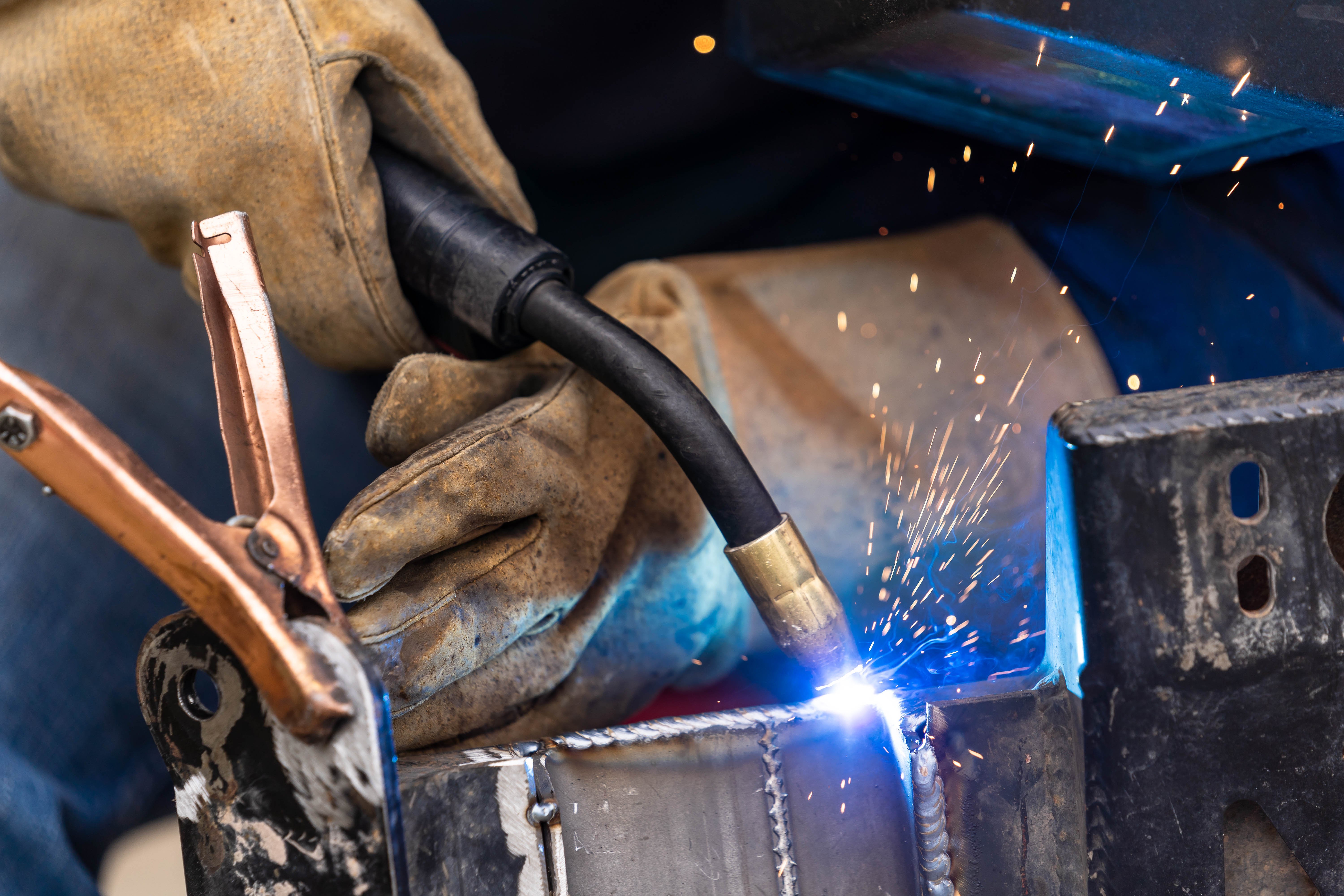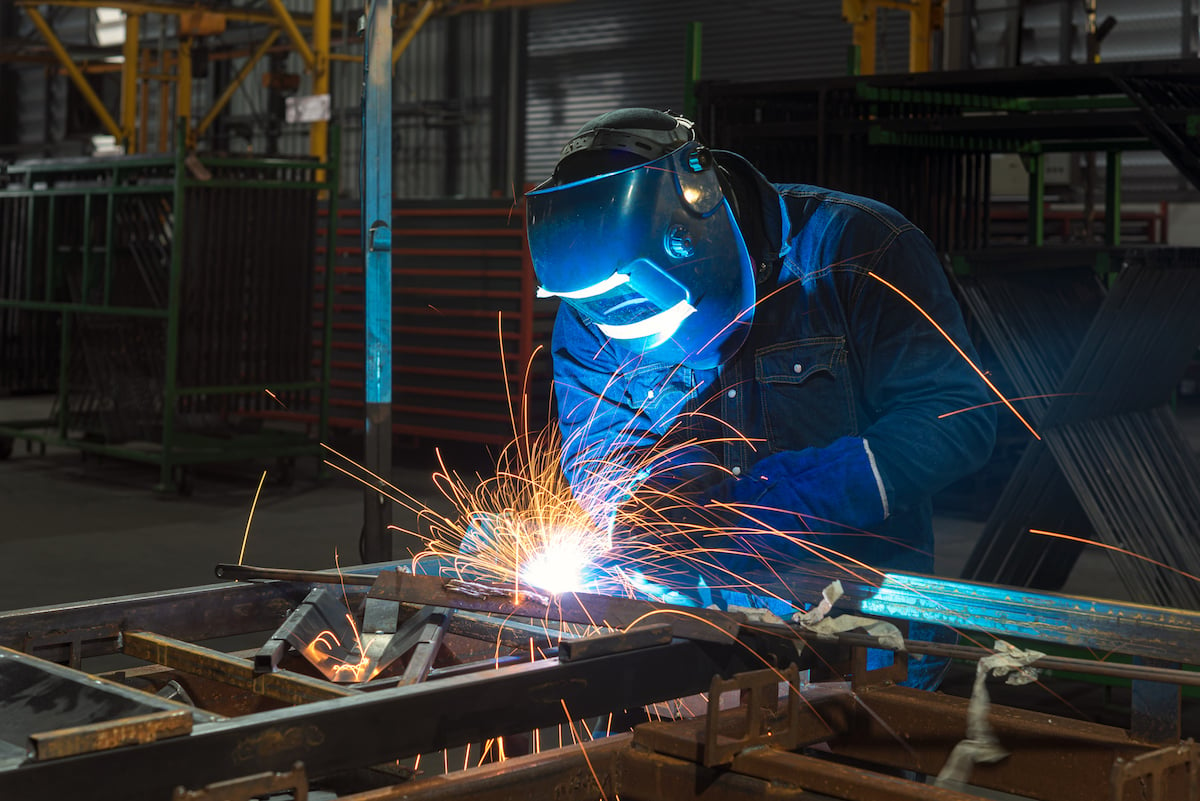Common Welding Fixing Issues and Just How to Address Them Effectively
Welding repair work typically run into a variety of problems that can threaten the stability of the end product. Common problems include insufficient infiltration, porosity, and misalignment, to name a few. Each problem presents one-of-a-kind obstacles that call for particular techniques for resolution. Recognizing these issues is important for welders aiming to improve their abilities and outcomes. This conversation will explore these usual welding repair concerns and reliable techniques to resolve them.
Poor Penetration
Poor penetration happens when the weld metal fails to totally fuse with the base material, causing weak joints and possible architectural failures. This problem usually comes from inadequate warmth input, wrong electrode angle, or improper welding rate. Welders might come across poor penetration as a result of a mistake of the essential parameters for a details material thickness or type. Additionally, contamination on the base product's surface can prevent reliable bonding, aggravating the trouble. To resolve insufficient infiltration, welders should ensure suitable setups on their equipment and keep a clean job surface. Routine evaluation of welds is suggested to identify any deficiencies early, enabling prompt adjustments and the avoidance of jeopardized architectural honesty in bonded settings up.
Porosity
Porosity is a common issue in bonded joints that materializes as small gas bubbles caught within the weld steel. This issue can endanger the integrity of the weld, leading to decreased stamina and potential failure under stress and anxiety. Montana Mobile Welding and Repair Belgrade. Porosity commonly occurs from contamination, dampness, or inappropriate welding techniques, which allow gases to escape right into the molten weld swimming pool. To attend to porosity, welders should guarantee appropriate surface prep work, keep a tidy workplace, and make use of suitable welding parameters. Furthermore, selecting the right filler product and securing gas can mitigate gas entrapment. Regular inspection and testing of welds can assist recognize porosity early, ensuring prompt restorative actions are taken, therefore preserving the quality and dependability of the bonded structure
Misalignment
Misalignment in welding can develop from different aspects, consisting of improper setup and thermal expansion. Comprehending the source is crucial for efficient resolution. Several modification techniques are offered to straighten elements and guarantee structural stability.
Sources of Misalignment
Welding imbalance often originates from a range of underlying concerns that can jeopardize structural stability. One key cause is improper fit-up of parts prior to welding, which can bring about gaps and uneven surfaces. Variations in thermal growth during the welding procedure can additionally lead to distortion, particularly if the products being joined have various coefficients of growth. Furthermore, poor fixturing and securing may fall short to hold elements firmly in position, resulting in activity throughout welding. Poorly conserved equipment, consisting of welding devices and devices, might introduce inconsistencies in the weld grain, further adding to misalignment. Driver mistake, stemming from insufficient training or experience, can likewise play a significant function in creating misaligned welds.

Modification Methods Offered
Addressing imbalance properly needs a mix of restorative strategies tailored to the certain concerns available. One common approach is the use of components or jigs to hold elements in the appropriate setting throughout welding, making certain consistent placement. Additionally, pre-heating the products can help in reducing distortion and improve fit-up. For significant misalignment, mechanical realignment methods, such as making use of hydraulic jacks or clamps, can be utilized to fix the position prior to welding. Post-weld warmth treatment might also be needed to eliminate tensions triggered by imbalance. Lastly, cautious assessment and adjustment throughout the setup stage can stop imbalance issues from ending up being considerable issues, advertising a smoother welding process and enhancing total structural stability.
Distortion
Distortion is a typical obstacle in welding that can develop from numerous elements, including irregular home heating and cooling. Understanding the sources of distortion is necessary for executing efficient prevention methods. Addressing this issue not only enhances structural integrity however likewise enhances the general top quality of the weld.
Root causes of Distortion
When based on the intense heat of welding, products usually undergo modifications that can bring about distortion. This sensation mostly emerges from thermal expansion and contraction throughout the welding process. As the weld location heats up, the product increases; upon cooling, it contracts, which can develop internal tensions. On top of that, unequal home heating across a work surface can intensify these stress and anxieties, resulting in bending or bending. The kind of product also plays a significant role; steels with varying thermal conductivity and coefficients of development may react differently, bring about uncertain distortions. Additionally, bad joint design and inadequate fixturing can add to imbalance during welding, enhancing the probability of distortion. Understanding these reasons is important for effective welding repair work and avoidance approaches.
Prevention Techniques
Reliable avoidance strategies for distortion throughout welding emphasis on managing heat input and making sure correct joint style. Preserving a constant warm input helps to decrease straight from the source thermal expansion and contraction, which can bring about distortion. Utilizing techniques such as pre-heating the workpiece can additionally decrease the temperature gradient, promoting uniform home heating. Furthermore, picking proper joint designs, such as T-joints or lap joints, can boost stability and reduce anxiety concentrations. Executing correct fixturing to secure the work surfaces in position better aids in keeping placement during the welding procedure. Staggered welding series can disperse warmth extra evenly, avoiding localized distortion. By applying these approaches, welders can considerably reduce the likelihood of distortion and enhance the general quality of their welds.
Splitting
Cracking is a typical problem come across in welding repair work, typically resulting from different aspects such as inappropriate cooling rates, material selection, or poor joint prep work. The event of fractures can substantially jeopardize the stability of the weld, leading to potential failings throughout procedure. To resolve this problem, welders must initially analyze the origin, making certain that materials are compatible and appropriately picked for the details application. Furthermore, managing the cooling price during the welding procedure is essential; rapid air conditioning can cause stress and anxiety Click This Link and lead to fracturing. Proper joint layout and preparation likewise add to minimizing the threat. Implementing these approaches can boost weld high quality and toughness, ultimately minimizing the likelihood of splitting in finished weldments.

Insufficient Combination
A considerable concern in welding repairs is insufficient blend, which occurs when the weld steel does not sufficiently bond with the base material or previous weld passes - Belgrade. This issue can lead to weaknesses in the joint, potentially jeopardizing the honesty of the bonded framework. Elements adding to incomplete combination consist of inadequate heat input, incorrect welding technique, and contamination of the surfaces being joined. To address this problem properly, welders ought to guarantee correct pre-weld cleansing and surface area preparation, in addition to change their welding criteria to achieve sufficient infiltration and fusion. Normal evaluation during the welding procedure can additionally aid determine insufficient combination early, permitting for prompt corrective actions to enhance the total high quality of the weld
Overheating
While welding repairs can boost structural integrity, overheating offers a considerable obstacle that can cause product destruction. Too much warmth throughout welding can alter the mechanical homes of steels, resulting in lowered toughness, increased brittleness, and warping. This sensation is specifically crucial in high-stress applications where architectural integrity is vital. Determining overheating can involve aesthetic examinations for discoloration or distortion, in addition to keeping visit their website track of temperature level throughout the welding process. To reduce the threats related to getting too hot, welders should employ suitable techniques, such as managing warmth input, readjusting traveling speed, and using appropriate filler materials. In addition, executing pre- and post-weld warmth therapies can help restore product buildings and enhance the overall quality of the fixing, guaranteeing long-lasting efficiency and safety and security.
Regularly Asked Concerns
What Are the Typical Indications of a Welding Flaw?

Just How Can I Test My Welds for High quality?
To check welds for top quality, one can make use of visual examinations, ultrasonic testing, and radiographic methods. Each technique guarantees structural honesty, recognizes issues, and verifies adherence to specified criteria, inevitably improving the integrity of the bonded joints.
What Security Safety Measures Should I Take While Welding?
When welding, one must focus on security by using ideal individual protective devices, making certain proper ventilation, securing flammable products away, preserving a tidy work space, and knowing environments to avoid injuries and crashes.
Can I Fix a Weld Without Remodeling the Entire Joint?
Repairing a weld without remodeling the whole joint is feasible, depending upon the damage (Montana Mobile Welding and Repair Belgrade Welding). Techniques such as grinding, adding filler material, or using a welding procedure can effectively attend to specific imperfections while maintaining the bordering framework
What Devices Are Vital for Effective Welding Repairs?
Important tools for efficient welding fixings consist of a welding machine, cord brush, grinder, safety gear, clamps, and filler products. Each tool plays an important role in ensuring top quality and safety during the fixing procedure. Porosity commonly occurs from contamination, dampness, or improper welding techniques, which allow gases to get away into the liquified weld swimming pool. Improperly maintained devices, consisting of welding equipments and devices, might present disparities in the weld bead, more adding to misalignment. When subjected to the extreme heat of welding, products often undergo modifications that can lead to distortion. Cracking is a typical issue run into in welding repair services, frequently resulting from numerous factors such as incorrect cooling prices, product option, or inadequate joint prep work. A significant concern in welding repair work is insufficient blend, which happens when the weld metal does not effectively bond with the base material or previous weld passes.
Comments on “Complete guide at welding penetration issues and Montana Mobile Welding and Repair Belgrade’s fixes”